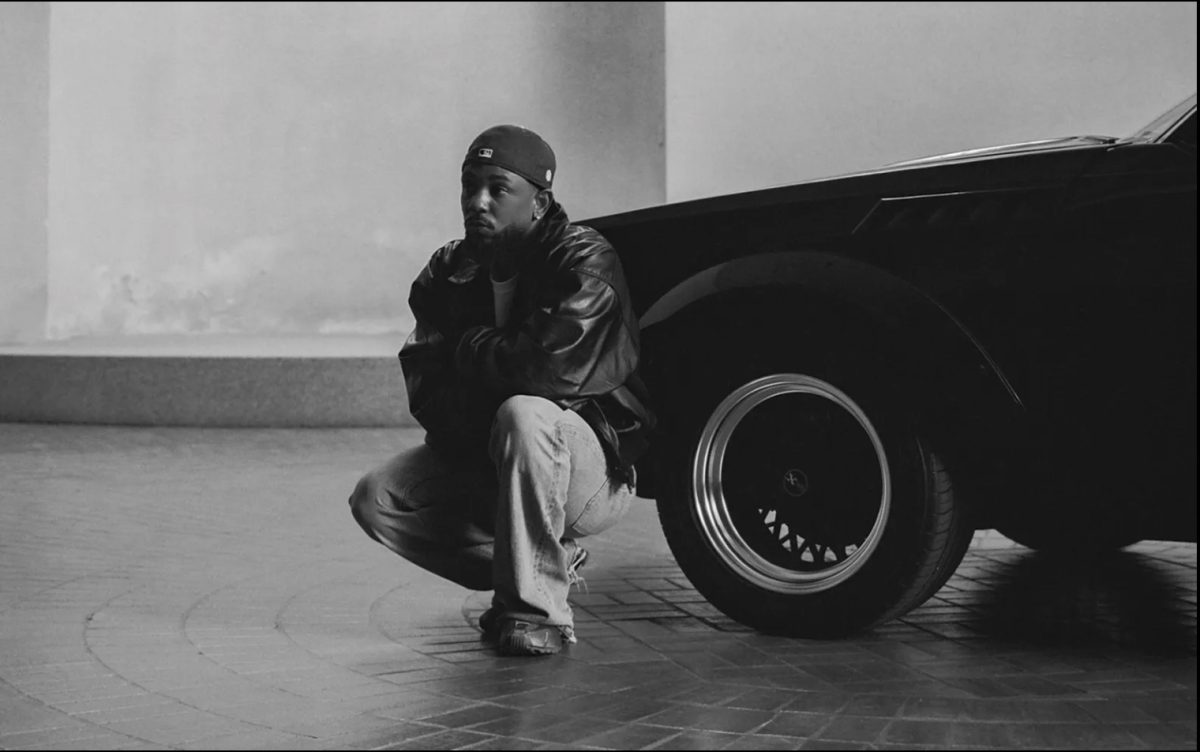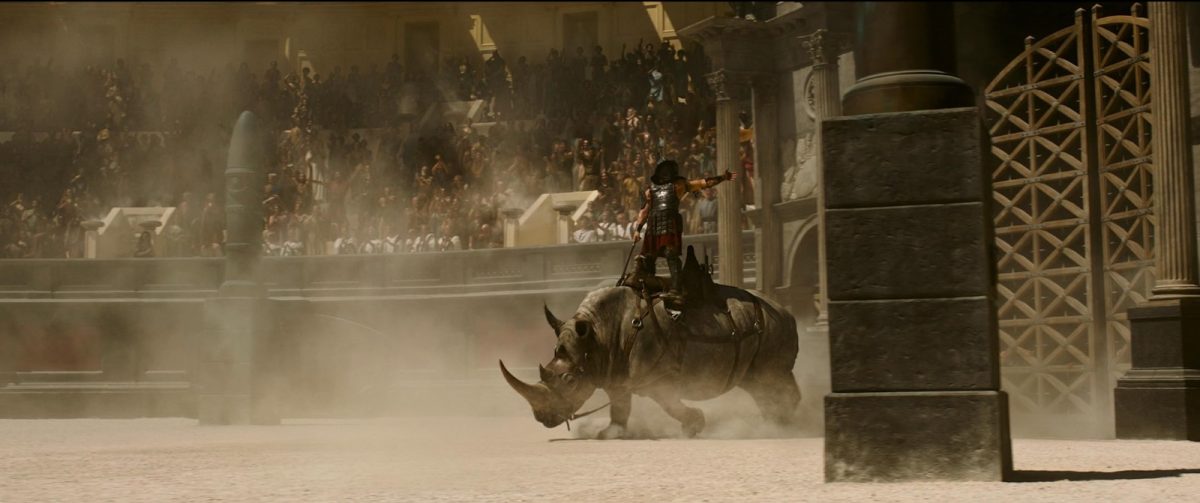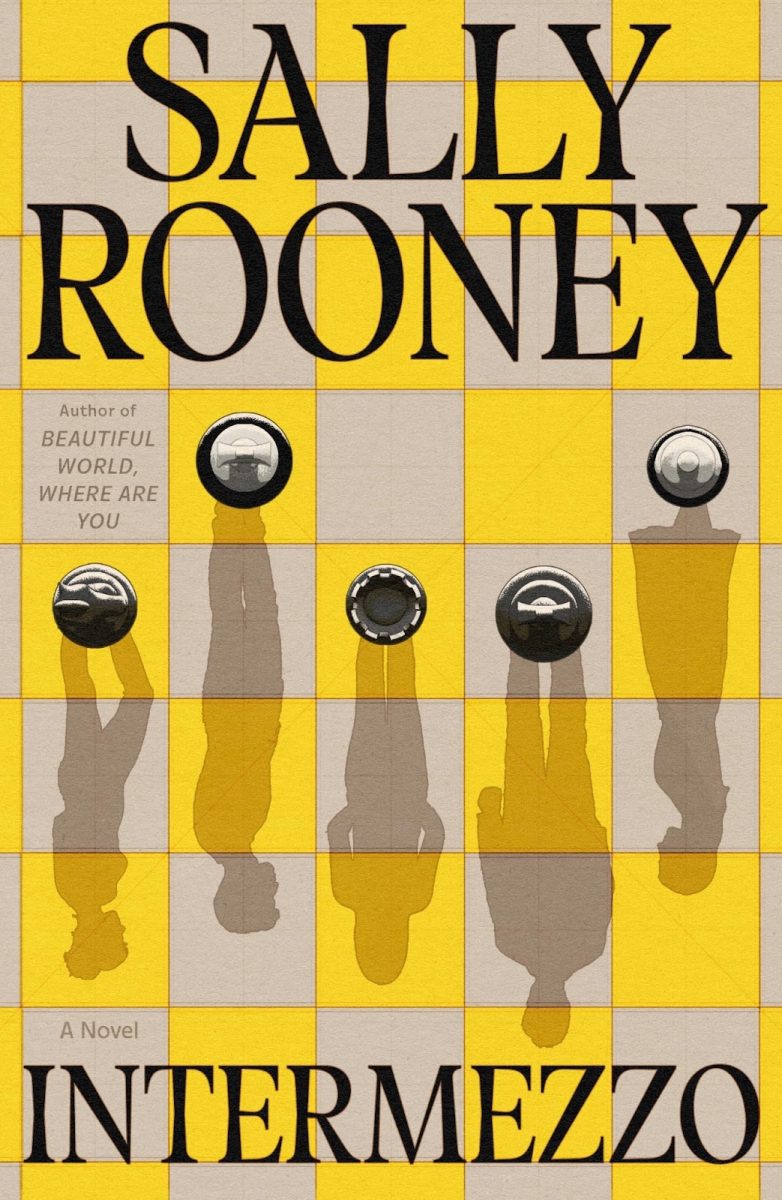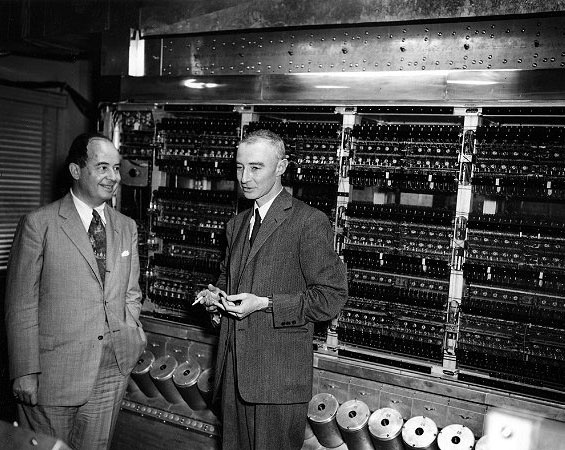This review contains spoilers.
Michael Mohan’s “Immaculate” hit theaters last week on March 22. I headed to the Grand Theatre after classes yesterday and watched the new nun thriller. Sydney Sweeney produces and stars in the film as the central protagonist who ventures out to serve in a convent in the Italian countryside after her parish outside of Detroit, Michigan closes. The film has been highly anticipated in the wake of the most recent film Sydney Sweeney in “Anyone But You.”
Sweeney’s character Cecilia handed her life over to the Lord after she escaped a near-death experience in her youth after falling into a lake. Eerie things begin to occur in the convent in the late hours of the night and Sweeney falls ill, discovering she is miraculously pregnant after vowing to chastity. The cardinal and the parish priest grill her in efforts to identify whether or not Cecilia has broken her vows and deem her pregnancy a blessing from the Lord.
But the stakes then rise.
Things become dangerous for Cecilia when Sister Isabelle tries to drown Cecilia in the baths screaming that “it should have been her” that got pregnant. A hostage-like situation ensues in which Cecilia is kept at the convent against her will to ensure that the second coming of Christ is in order because everyone in the convent is convinced she is the “blessed mother.”
It is revealed that the pregnancy is in fact not miraculous and the parish priest is a spin-off Frankenstein, mad scientist type. Father Sal Tedeschi, played by Álvaro Morte, has replicated the DNA and tissue remnants on a stake that the convent has in its possession. The stake was said to have been used to nail Christ to the cross and Tedeschi inseminated Cecilia with the DNA.
There has been whirlwind controversy surrounding the film for perverting Christianity and making a mockery of religion for shock-value and to exploit consumerism. Audiences have taken issue with the film’s dispatching of religious figures as murder weapons in the forms of cross bludgeoning and rosary strangulation. Letterboxd user Elijah Wright called the film “incredibly blasphemous and just wrong to watch.”
I, however, took greater issue with how incredibly boring the whole thing was. The length of the film consisted of drab interaction between fairly static characters and a subpar plot that was not only highly predictable, but excruciatingly incomplex. Cecilia is both beautiful and ditsy. Her interactions with all of the male characters are tinged with oversexualization, and various scenes show the nuns partially nude as they bathe and brush each other’s hair — all which contributes to aforementioned oversexualization of the characters –– causing a lack of dynamism and character development that “Immaculate” so desperately needs.
The exploitation of the woman and her oversexualization for no greater purpose or thematic exercise is a bright red neon sign, trademarking the components of a creatively impoverished film. All the while, the dialogue between characters was left largely undeveloped and no deep relationships that viewers might latch onto were formed. Gwen, portrayed by Benedetta Porcaroli, a former prostitute turned nun, displays a meek effort to take Cecilia under her wing and invoke a revolution of sorts in the convent. However, Mohan disallows any kind of true relationship between Cecilia and Gwen to form as Tedeschi has Gwen’s tongue cut out as Cecilia watches — shedding a single tear, far removed from the situation.
Fortunately, the run time is 89 minutes and the film is quite pleasant to look at. The pastel blue gilded gown that Cecilia dons in the church encapsulates the only redeeming aesthetics in the film. Gorgeous shots of the Italian countryside’s plush green hills supplemented by Italian Rococo architecture and ornate stucco make it all bearable. Sydney Sweeney’s acting was subpar and dull, but it worked just fine with the subpar and dull plot. The film ostensibly would have worked better as a collection of photos.

















